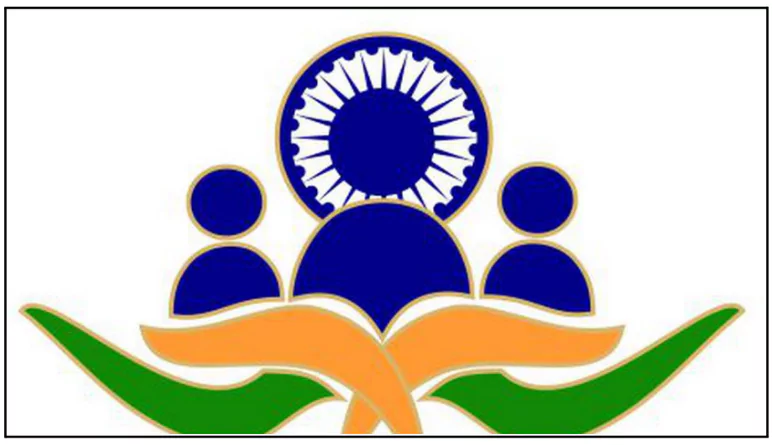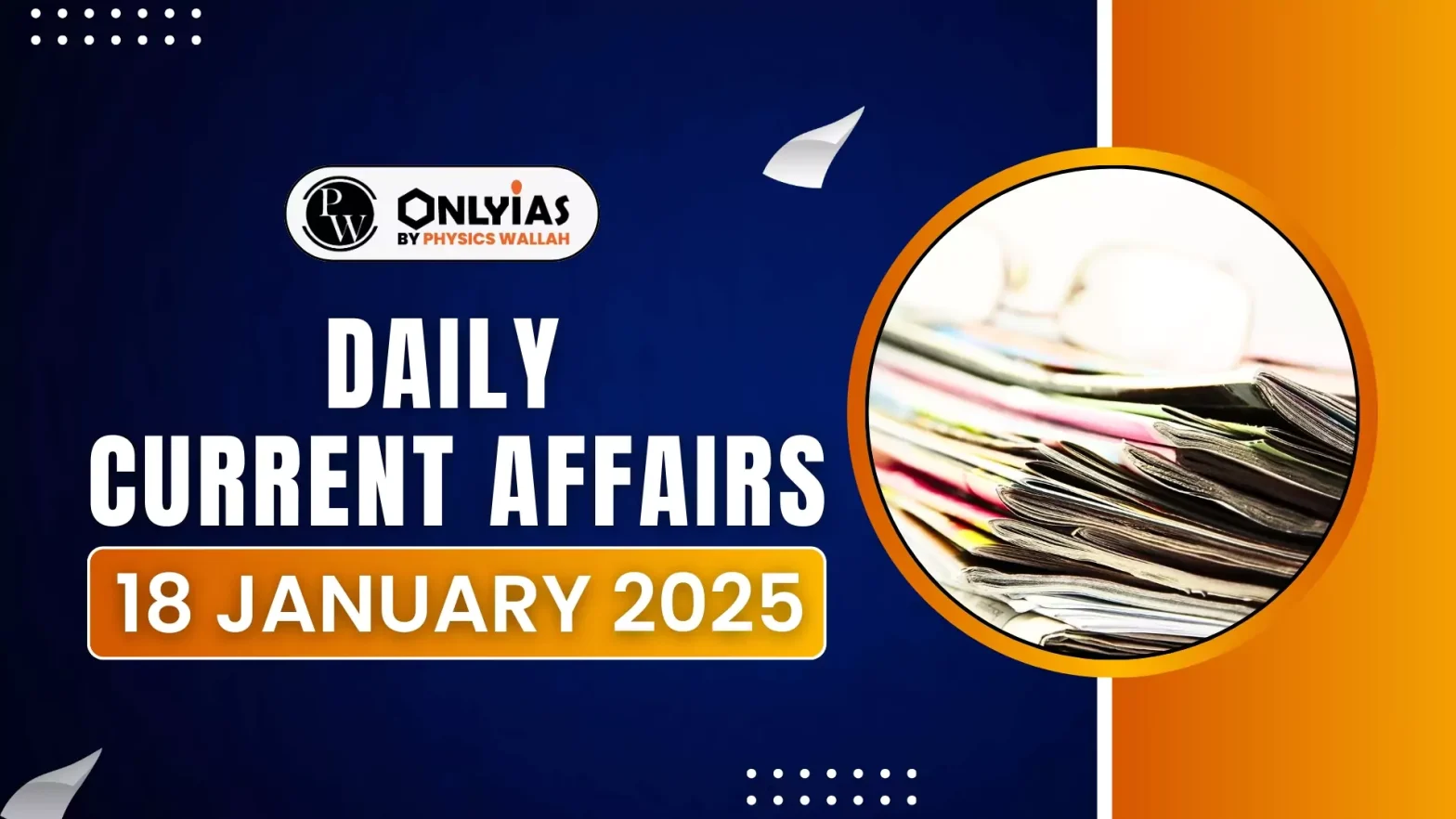Recently, the Lokpal, India’s first anti-corruption ombudsman, revealed data showcasing its limited productivity since its establishment.
About Lokpal

- The Lokpal is a national-level anti-corruption institution established to investigate and prosecute corruption cases involving public officials.
- It serves as an independent body to ensure accountability among ministers and government employees.
- Establishment: The Lokpal and Lokayukta Act, passed in 2013, came into force in 2014.
- However, the first Lokpal, Justice Pinaki Chandra Ghosh, was appointed only in 2019 after a delay of nearly five years.
- The Act mandates the establishment of Lokayuktas at the state level.
- Historical Background : Its establishment follows recommendations from various committees and commissions, such as the First Administrative Reforms Commission (1966) and the 2nd ARC (2005).
Enroll now for UPSC Online Classes
Composition of Lokpal
- Lokpal consists of a chairperson and up to eight members, with at least 50% being judicial members.
- The members must include representatives from Scheduled Castes, Scheduled Tribes, Other Backward Classes, minorities, and women.
- The selection committee comprises the Prime Minister (Chairperson), Speaker of the Lok Sabha, Leader of Opposition, Chief Justice of India or a nominated judge, and an eminent jurist.
Low Productivity of Lokpal
- Limited Cases Handled:
- Only 24 investigations ordered and six prosecution sanctions granted since its establishment.
- Over 90% of complaints rejected due to incorrect format or lack of compliance with procedural requirements.
- Complaints Received:
- From April to December 2024, 226 complaints were registered.
- 3% complaints were against the Prime Minister or Union Ministers, 21% against Group A-D central government officials, and 41% against “Others,” including state officials.
Factors for Low Productivity of Lokpal
- Delayed Appointment: First Lokpal was appointed five years after the Act’s implementation.
- Dependency on Other Agencies: Investigations rely on the Central Vigilance Commission (CVC) and Central Bureau of Investigation (CBI) due to the absence of internal inquiry mechanisms.
- Structural Limitations: Absence of financial and administrative independence reduces its functional efficacy.
- Heavy emphasis on the format of complaints rather than content leads to high rejection rates.
- Legislative Challenges: Lack of power to initiate investigations independently against public servants.
- Limitations such as a 7-year period to file complaints and severe penalties for false complaints deter reporting.
- Insufficient Coordination: Weak collaboration with state Lokayuktas and other decentralized anti-corruption bodies.
Check Out UPSC NCERT Textbooks From PW Store
Way Forward
- Enhance Functional Autonomy: Ensure financial, administrative, and operational independence of Lokpal to reduce reliance on other agencies.
- Streamline Complaint Procedures: Simplify the complaint submission process to focus on content rather than format.
- Fill Vacancies: Expedite the appointment of key personnel such as the Director of Inquiry and Director of Prosecution.
- Strengthen State Coordination: Align state Lokayukta Acts with the Lokpal Act to ensure consistent anti-corruption mechanisms across the country.
- Public Awareness: Conduct campaigns to educate citizens about the Lokpal’s role and procedures to encourage participation.
- Technological Integration: Leverage digital tools for better complaint tracking, investigation monitoring, and operational transparency.
Additional Reading: Lokpal and Lokayukt
![]() 18 Jan 2025
18 Jan 2025


